Outcome Measures and Assessments
What are assessments of motor function assessments?
Physical function for children with SMA refers to a child’s ability to move and perform activities. Standardised motor function assessments, designed especially for children with SMA, have been developed to measure changes in your child’s physical function. These assessments are completed in the same ‘standardised’ way each time by a trained therapist.
When you and your child visit the physio or occupational therapist, your child’s physical functioning will be assessed using motor function assessments. Assessments are carried out regularly if your child is enrolled in a clinical trial and at your child’s hospital clinic appointment as part of normal care.
What sort of motor function assessments are there, and what will my child have to do during these assessments?
The type of assessment used to measure your child’s physical function will differ depending on their developmental stage and their SMA symptoms.
Treated children with SMA are achieving motor milestones beyond expectation and as such, therapists need to regularly re-evaluate the assessments being used.
Motor function assessments or outcome measures can be divided broadly into assessments for:
Non-sitters
These assessments are specifically designed to measure motor function in infants or children who are unable to sit without support or are yet to reach the developmental milestone. They measure activities like a child or infant’s ability to reach for a toy, roll over with or without help, hold their head up and sit with support.
You may hear your therapy team talk about assessments called the Infant Test of Neuromuscular Disorders (CHOP-INTEND), Test of Infant Motor Performance (TIMPSI), Hammersmith Infant Neurological Examination (HINE-2), Bayley Scale of Infant Development (BSID-III) or the WHO motor milestones.
Sitters
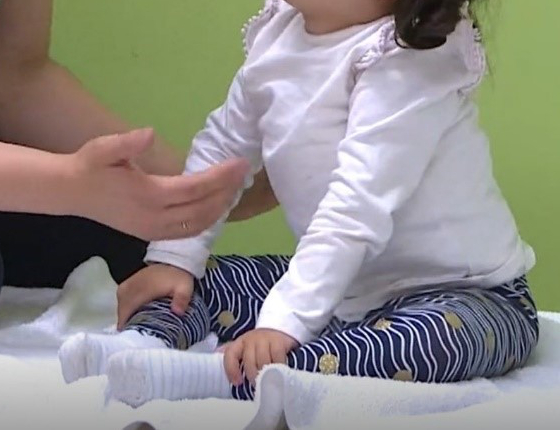
These assessments are designed to measure motor function in children who can sit on their own. They measure activities like a child’s ability to move their body in sitting with or without support, their ability to move their body in lying or four point kneeling, and their ability to move in and out of positions.
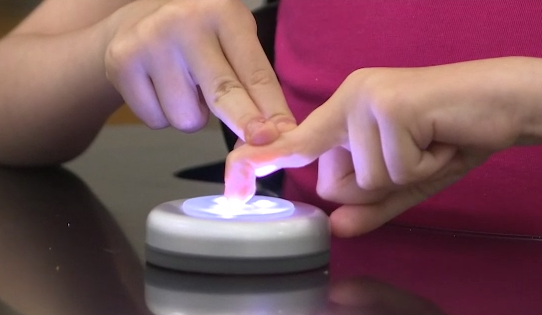
You may hear your therapy team talk about assessments called the Hammersmith Expanded (HMFSE), Revised Hammersmith Scale (RHS), Revised Upper Limb Module (RULM) or the Egan Klassification-2 (EK-2).
Walkers
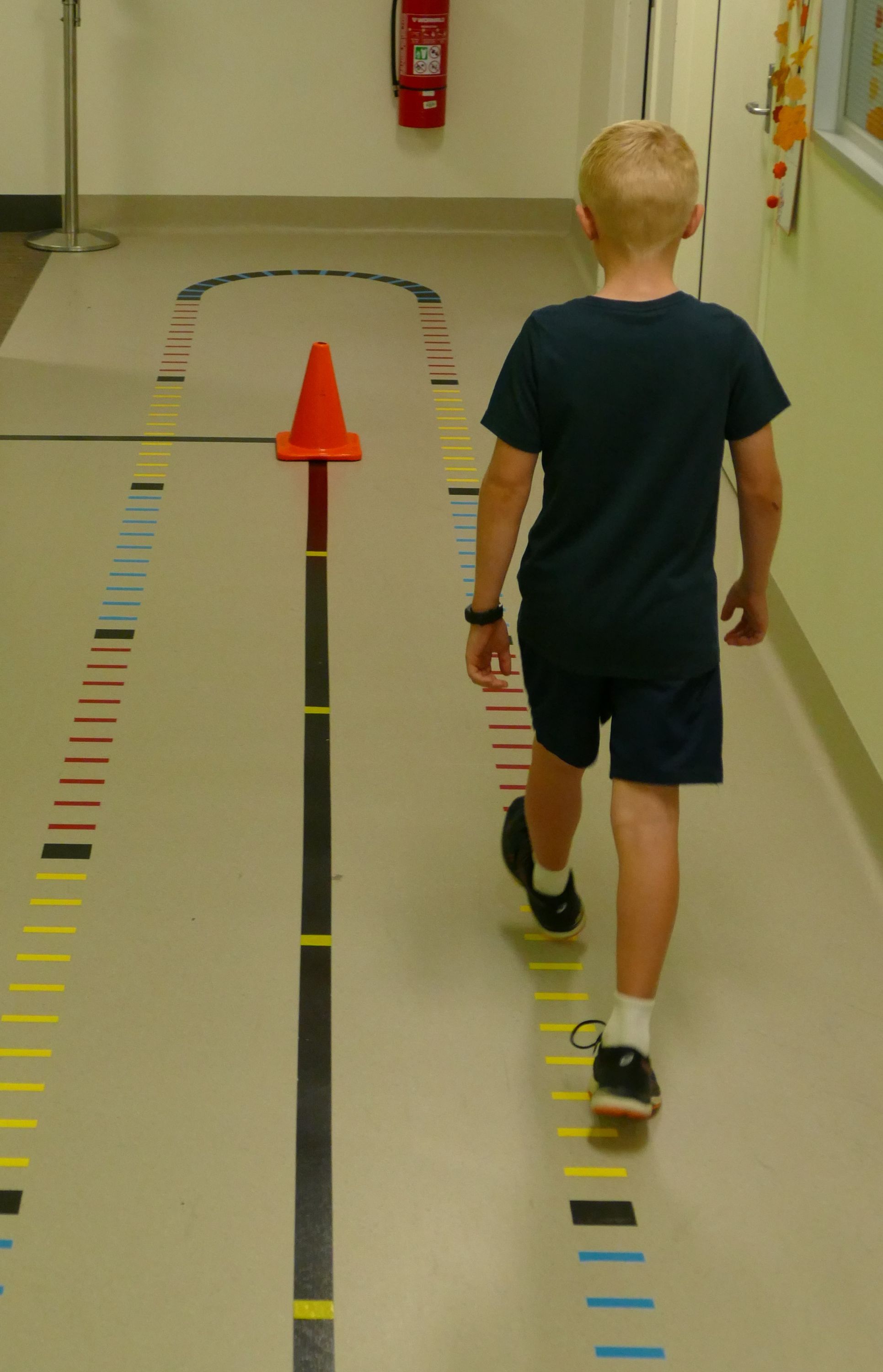
These assessments are designed to measure physical function in children who can walk on their own (with or without walking aids). They measure higher level activities such as walking endurance, running, stair climbing, jumping and may include timed speed tasks.
You may hear your therapy team talk about assessments called the 6-minute walk test, timed function tests or the Revised Hammersmith Scale (RHS).
additional assessments
Your therapy team may also measure your child’s:
- muscle length or joint movement using a special ruler called a goniometer
- muscle strength using a hand-held device called a myometer
- muscle endurance when walking or using their arms for an activity
- quality of life using questionnaires that you or your child complete
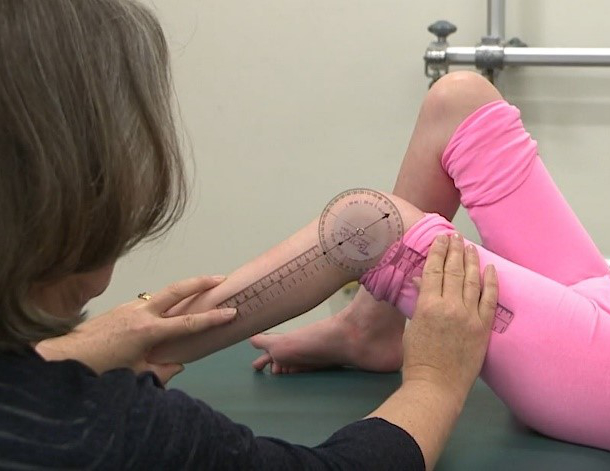
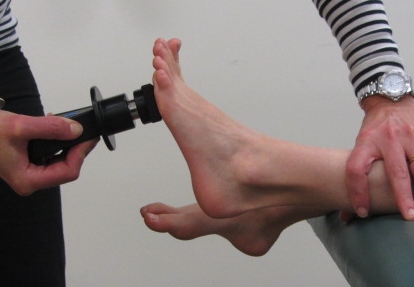
If you or your child would like to know more about any of these assessments, please ask your therapy team.
